Hello everyone!
I am analyzing an SHS steel truss, simply supported, with concentrated forces (in Newtons) applied in the top nodes. The loads are applied in reference points that are constrained, type coupling, to the section of the chord. All the top nodes have a boundary condition to prevent out-of-plane displacements. I'm using a general static analysis and a nonlinear material.
Since what I want to achieve is the force-displacement curve of each of the truss nodes to analyze the joint's behaviour, it's important to study them above the yield limit. For that, I purposefully applied a big load of 500 KN. The problem is the results for TF2 did not reach 500 KN. In fact, node 3 for example, reached 83 KN before the max number of increments and after it remained constant, not reaching the yield strength. The same happened for de U2, staying at 107 mm which obviously does not correspond to the values obtained with previous analysis in SAP 2000. Von Mises stress values are also much smaller and the deformed shape did not show any type of buckling. Can someone help me understand why Abaqus doesn't continue to increase the load??
I will leave some images for a better understatement. Thanks in advance!

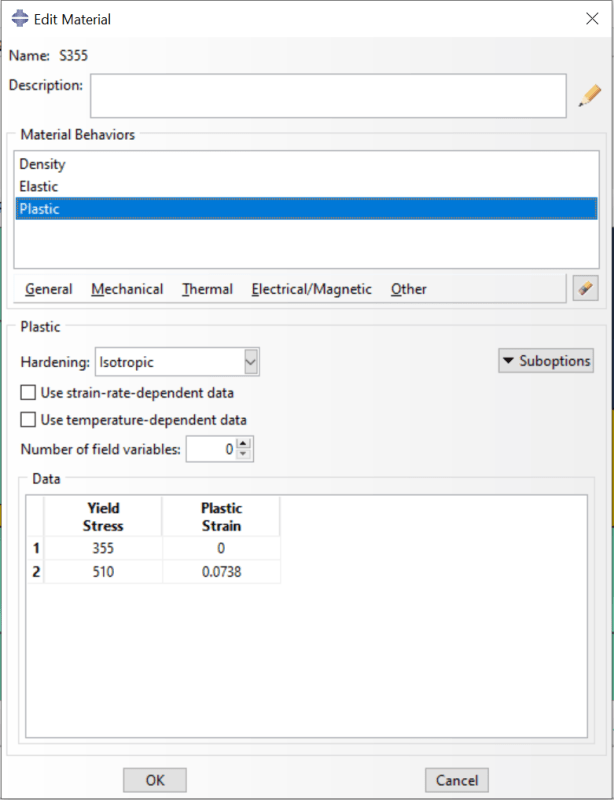
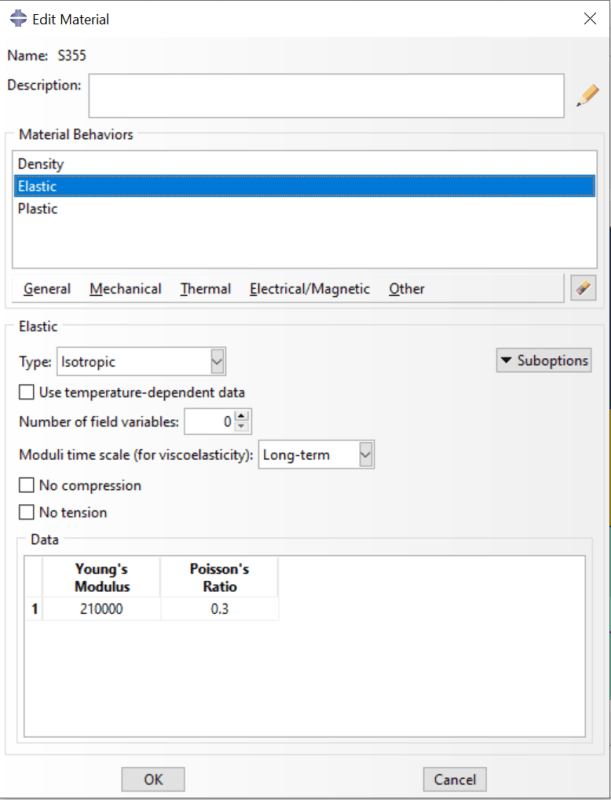
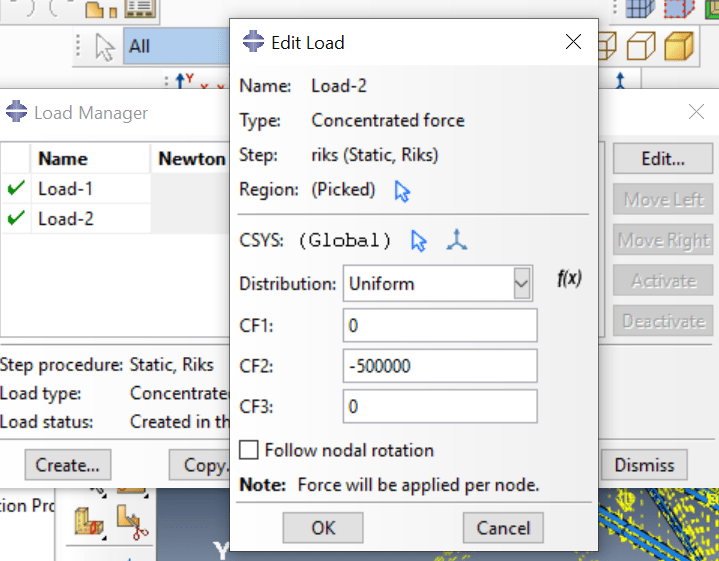
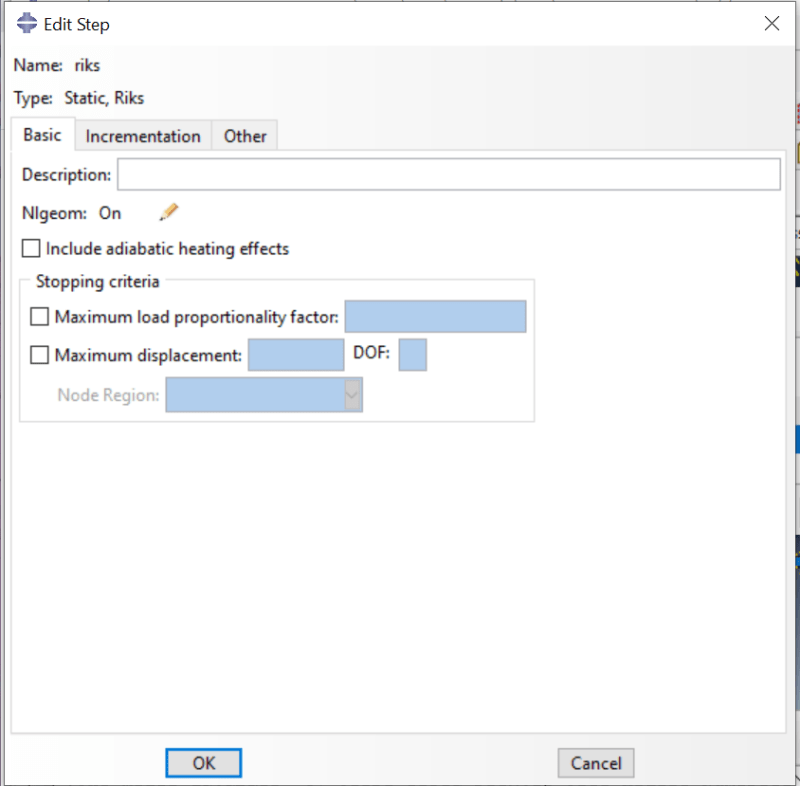
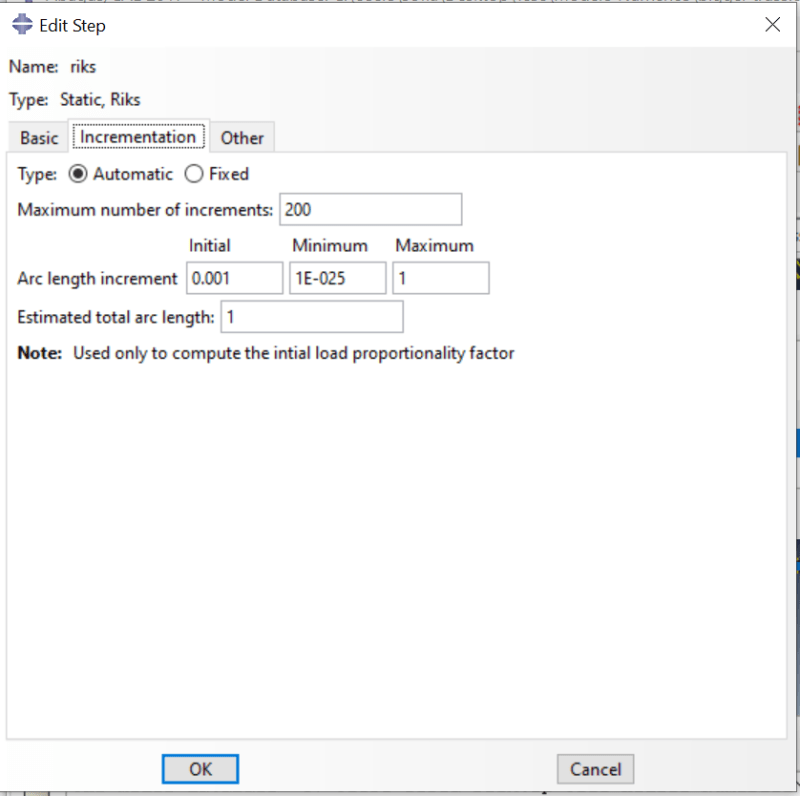
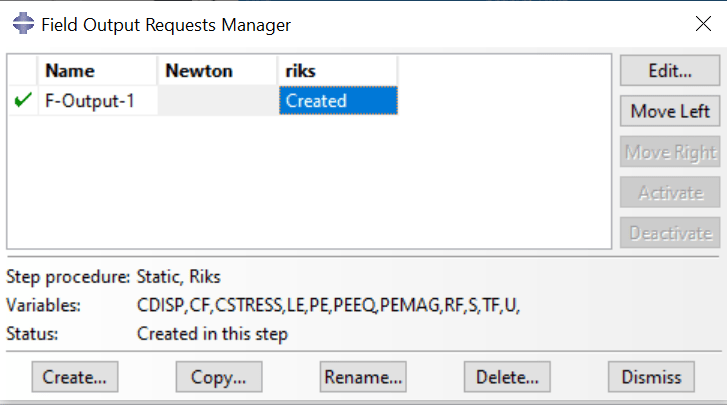
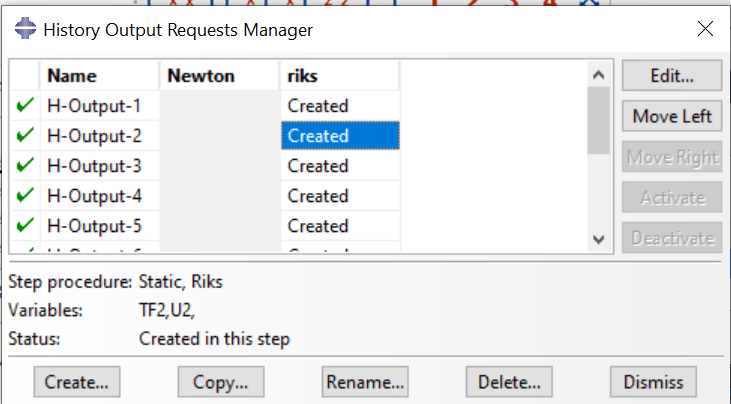
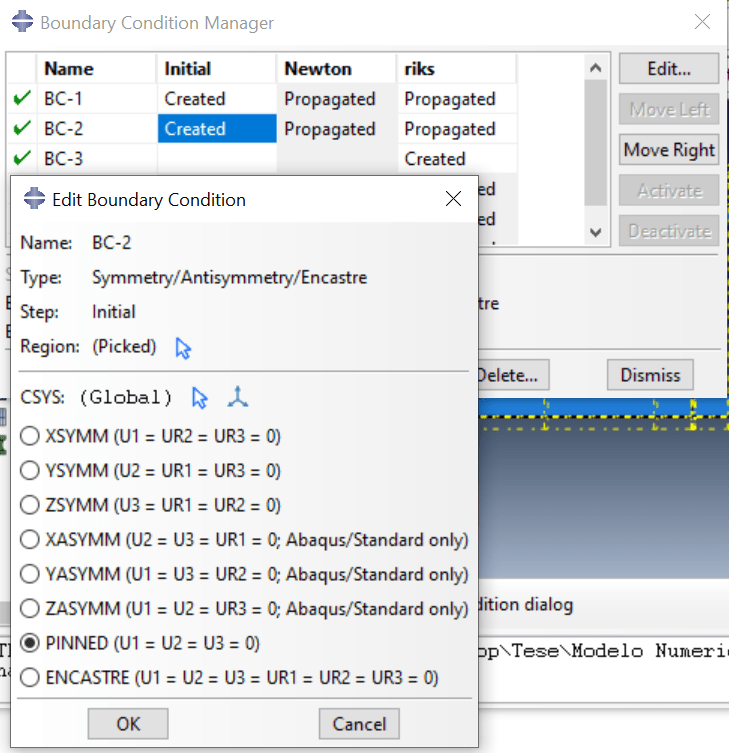
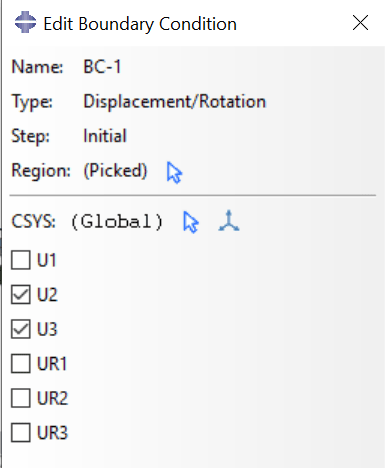
I am analyzing an SHS steel truss, simply supported, with concentrated forces (in Newtons) applied in the top nodes. The loads are applied in reference points that are constrained, type coupling, to the section of the chord. All the top nodes have a boundary condition to prevent out-of-plane displacements. I'm using a general static analysis and a nonlinear material.
Since what I want to achieve is the force-displacement curve of each of the truss nodes to analyze the joint's behaviour, it's important to study them above the yield limit. For that, I purposefully applied a big load of 500 KN. The problem is the results for TF2 did not reach 500 KN. In fact, node 3 for example, reached 83 KN before the max number of increments and after it remained constant, not reaching the yield strength. The same happened for de U2, staying at 107 mm which obviously does not correspond to the values obtained with previous analysis in SAP 2000. Von Mises stress values are also much smaller and the deformed shape did not show any type of buckling. Can someone help me understand why Abaqus doesn't continue to increase the load??
I will leave some images for a better understatement. Thanks in advance!










